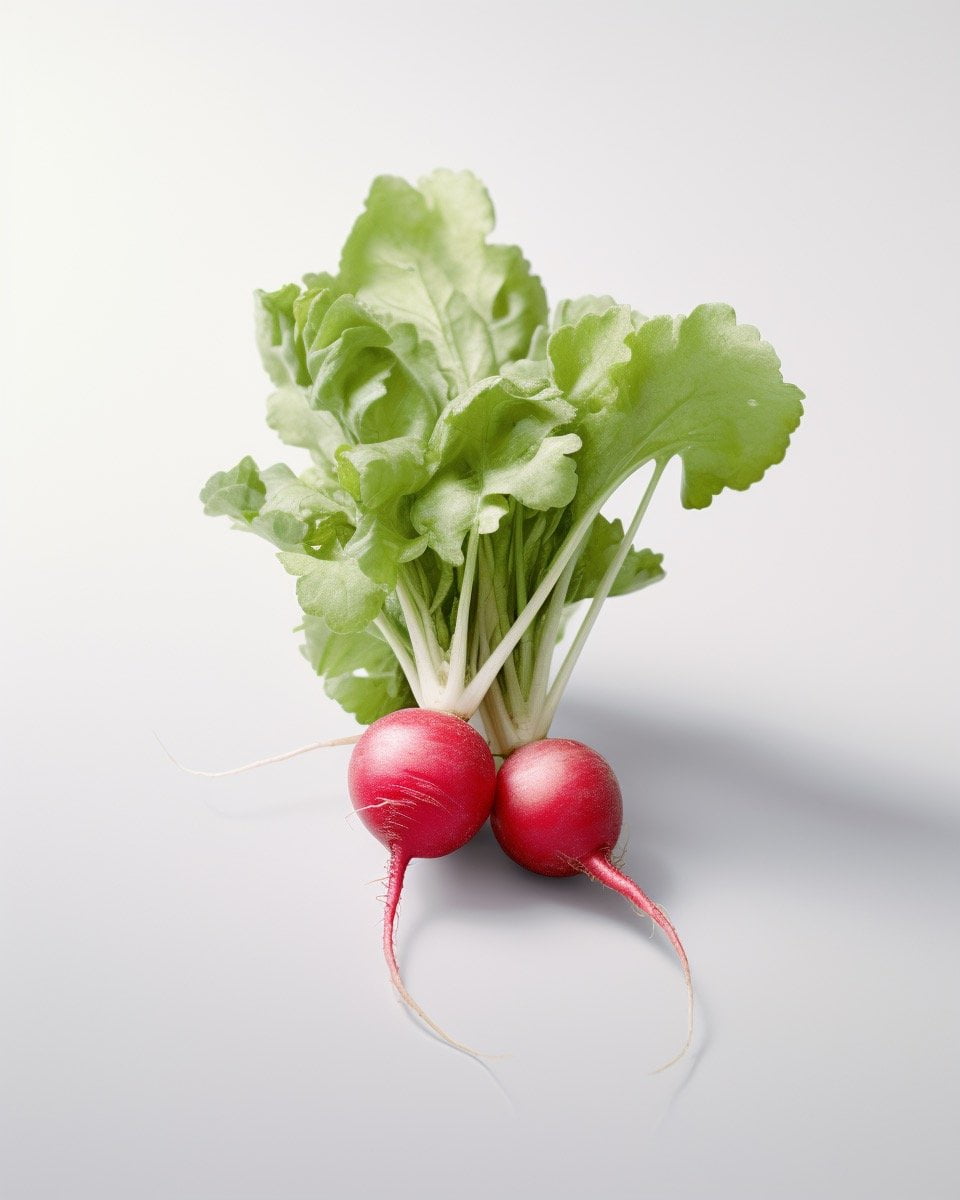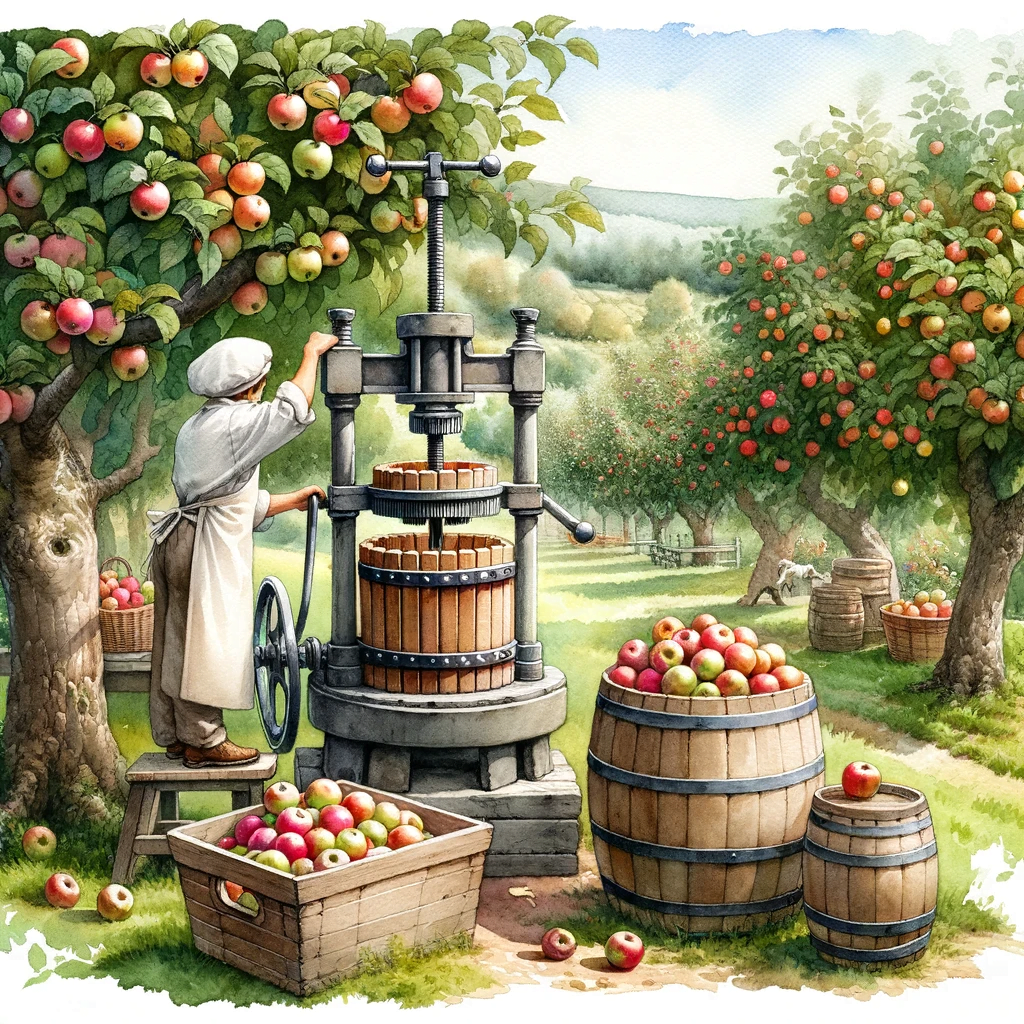So you’ve always wondered, how do radishes taste? Well, get ready to embark on a flavorful journey as we explore the unique flavor profile of radishes. These root vegetables are known for their crisp texture and peppery taste, but there’s more to them than meets the eye. From the subtly sweet notes of the red and white varieties to the zesty, earthy flavors of the black radish, we’ll delve into the various tastes and sensations these vibrant veggies offer. Whether you’re a radish lover looking to try new varieties or a curious foodie wanting to broaden your palate, this exploration will surely leave you craving for more radish goodness.
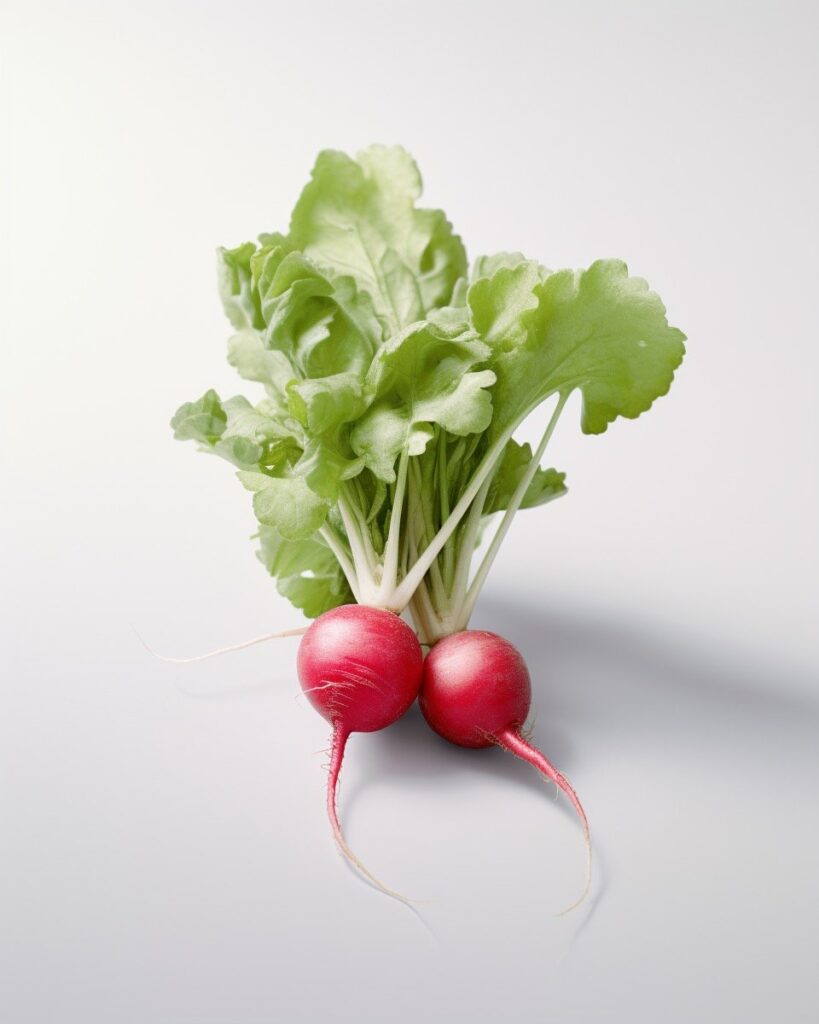
Exploring the Flavor Profile of Radishes
Radishes, with their vibrant colors and crunchy texture, can add a burst of freshness to any dish. But have you ever wondered about the taste of radishes? In this article, we will dive into the flavor profile of radishes and explore the different factors that affect their taste. We will also discuss the various types of radishes and how to cook with them to enhance their unique flavors.
Taste of Radishes
When you take a bite of a radish, you can expect a crisp and refreshing taste. The flavor of radishes can be described as slightly spicy, with a hint of sweetness and a subtle bitterness. This combination of flavors creates a unique taste that is both refreshing and invigorating.
Mild vs. Sharp Flavor
Radishes can range from mild to sharp in flavor, depending on the variety and maturity. Young radishes tend to have a milder taste, while fully mature radishes can have a sharper and more peppery flavor. The maturity of the radish plays a significant role in its taste, with younger radishes offering a more subtle and delicate flavor.
Variations in Taste
While the taste of radishes is generally spicy, sweet, and slightly bitter, there can be variations in flavor depending on the variety. Some radishes may lean more towards sweetness, while others may have a stronger peppery kick. Radishes can also have a nutty or earthy undertone, adding another layer of complexity to their flavor profile.
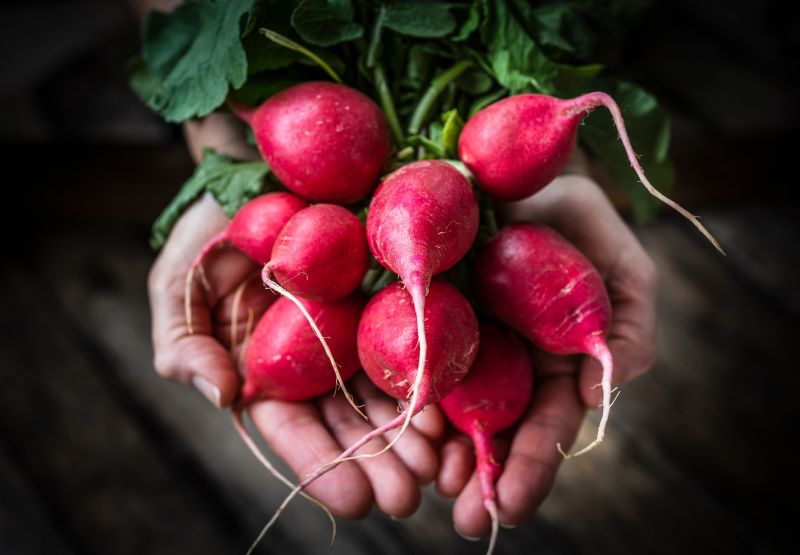
Types of Radishes
Radishes come in various shapes, sizes, and colors, each with its own distinct taste. Let’s take a look at the different types of radishes commonly available:
Common Radishes
The most commonly found radishes are the small, round, and red varieties. These radishes tend to have a crisp texture and a balanced flavor profile, with a mild spiciness and a hint of sweetness. They are often used in salads, sandwiches, and as a garnish.
Winter Radishes
Unlike their common counterparts, winter radishes are larger and have a more robust flavor. These radishes have a longer growing period, which allows them to develop a stronger and spicier taste. Winter radishes come in various colors, such as black, white, and purple, and are ideal for roasting, pickling, and adding to hearty dishes.
Asian Radishes
Popular in Asian cuisine, Asian radishes come in different shapes and sizes, including long white radishes, known as daikon. These radishes have a milder and sweeter taste compared to other varieties. They are often used in stir-fries, soups, and pickled dishes, adding a refreshing crunch and subtle flavor.
Factors Affecting Flavor
Several factors influence the flavor of radishes. Let’s explore some of the key factors that can affect the taste of radishes:
Growing Conditions
The conditions in which radishes are grown can significantly impact their flavor. Radishes grown in well-drained soil with ample sunlight tend to develop a stronger and spicier taste. On the other hand, radishes grown in cooler temperatures and shaded areas may have a milder and sweeter flavor.
Maturity of the Radish
The maturity of the radish plays a crucial role in its flavor development. Young radishes harvested early tend to have a milder taste, while fully mature radishes have a sharper and more pungent flavor. It is important to consider the desired flavor profile when deciding the optimal time for harvesting radishes.
Varietal Differences
Different radish varieties have distinct flavor profiles. Some varieties are known for their sweetness, while others are prized for their spiciness. It’s worth experimenting with different types of radishes to discover the flavors that suit your palate.
Storage Conditions
The way radishes are stored can impact their flavor. Radishes stored in cool and humid conditions tend to retain their crispness and flavor for a longer period. If radishes are stored in warm or dry conditions, they may become soft and lose their distinctive taste.
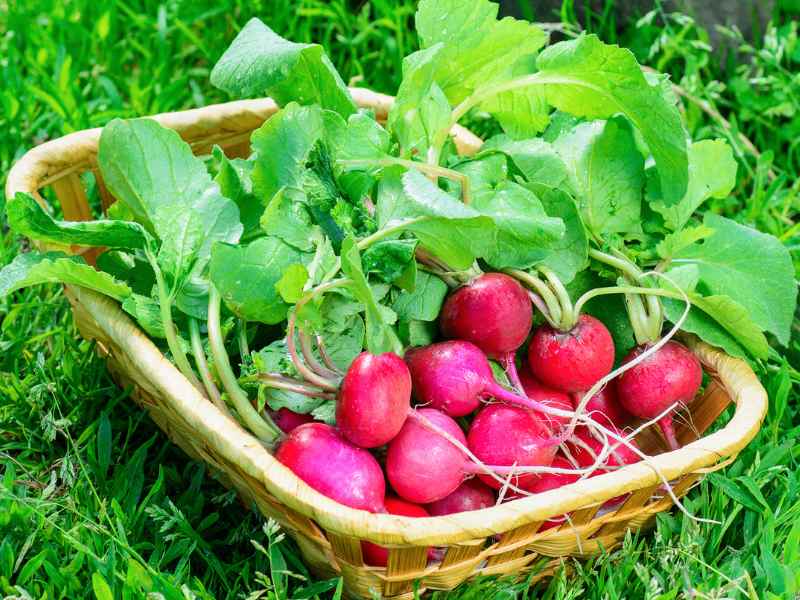
Sweetness
While radishes are generally known for their spiciness, some varieties can surprise you with their sweetness. Several factors influence the sweetness of radishes:
Factors Influencing Sweetness
The sweetness of radishes can be influenced by factors such as growing conditions, maturity, and variety. Radishes that are grown in cool temperatures and harvested at the right maturity tend to develop a sweeter taste. Certain varieties, such as French Breakfast radishes, are celebrated for their touch of sweetness.
Varieties with Sweeter Taste
If you prefer radishes with a sweeter taste, consider trying varieties like Watermelon radishes. These radishes have a vibrant pink color and an exceptionally sweet flavor. French Breakfast radishes, with their elongated shape and slightly milder taste, are also a great choice for those seeking a touch of sweetness.
Spiciness
The spiciness of radishes adds a kick to their flavor and can vary depending on the variety and growing conditions. Let’s explore the factors that contribute to the spiciness of radishes:
Compounds Responsible for Spiciness
The spiciness of radishes is primarily attributed to compounds called glucosinolates. These compounds, when broken down, release chemicals that give radishes their characteristic pungent and spicy flavor. The intensity of spiciness can vary depending on the concentration of glucosinolates in the radish.
Spicier Radish Varieties
If you enjoy a spicier kick, consider trying varieties like Black Spanish radishes or Cherry Belle radishes. These varieties have a higher concentration of glucosinolates, resulting in a more pronounced spicy flavor. Keep in mind that the spiciness can vary even within a single variety, depending on factors like maturity and growing conditions.
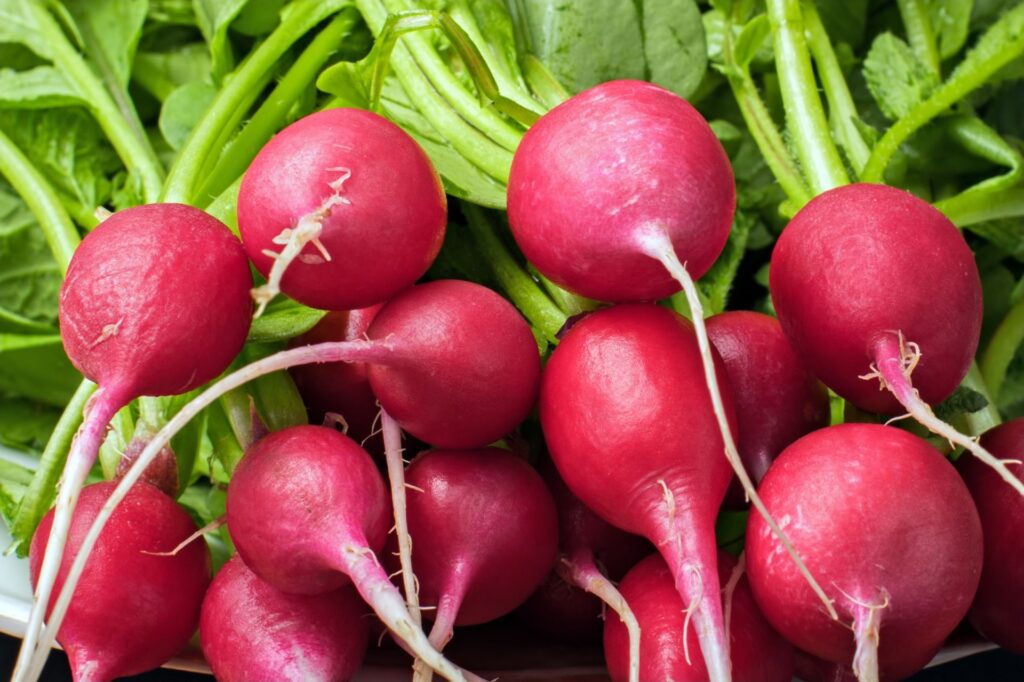
Bitterness
While radishes are not typically known for their bitterness, certain varieties may have a slightly bitter flavor. Let’s explore the causes of bitterness in radishes:
Causes of Bitterness
Bitterness in radishes can occur due to compounds called isothiocyanates. These compounds are often more prevalent in radishes that have been grown under stressful conditions or are past their peak freshness. Bitterness can also be intensified in fully mature radishes.
Varieties with Bitter Flavor
If you enjoy a hint of bitterness, varieties like Spanish Black radishes may be to your liking. These radishes have a robust and earthy flavor, with a touch of bitterness. However, if you prefer to avoid bitterness, opt for younger radishes or varieties known for their mild flavor.
Crispness
One of the defining characteristics of radishes is their crisp and crunchy texture. Here’s what you need to know about the crispness of radishes:
Texture and Crispness of Radishes
Radishes are known for their satisfying crunch and firm texture. When selecting radishes, look for ones that are plump and have a smooth skin. The interior of the radish should be firm and not mushy or spongy.
Factors Affecting Crispness
The crispness of radishes can be influenced by growing conditions and storage. Radishes that are grown in fertile soil with consistent moisture tend to develop a crisp texture. Proper storage in cool and humid conditions helps retain their crispness for a longer period. It’s important to consume radishes while they are fresh to enjoy their optimal texture.
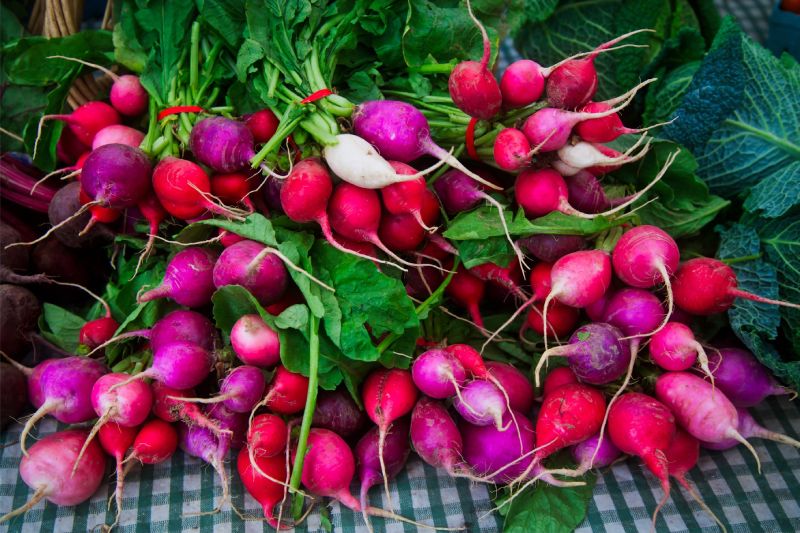
Peppery or Pungent Flavor
Radishes are often associated with a distinct peppery or pungent flavor that adds a zing to various dishes. Let’s explore the factors contributing to this flavor:
Chemical Compounds Creating the Peppery Flavor
The peppery or pungent flavor in radishes is mainly imparted by compounds called isothiocyanates, which are released when the radish is cut or chewed. These compounds create the characteristic spicy and slightly bitter taste that radishes are loved for.
Varieties with Strong Peppery Flavor
If you enjoy a strong peppery kick, opt for varieties like French Breakfast radishes or Red Meat radishes. These varieties tend to have a higher concentration of isothiocyanates, resulting in a more pronounced peppery flavor. Experiment with different varieties to find the level of peppery flavor that suits your taste buds.
Cooking with Radishes
Radishes aren’t just great raw; they can also be delicious when cooked. Here are some ways to incorporate radishes into your cooking:
Roasting Radishes
Roasting radishes mellows their sharpness and enhances their natural sweetness. Toss them in olive oil, sprinkle with salt and pepper, and roast them in a hot oven until they become tender and slightly caramelized. The result is a delightful side dish or addition to roasted vegetable medleys.
Pickling Radishes
Pickling radishes can transform their flavor, adding tanginess and complexity. Thinly slice radishes and immerse them in a mixture of vinegar, water, sugar, and spices of your choice. Let them marinate overnight in the refrigerator for a tangy and refreshing addition to salads, sandwiches, or charcuterie boards.
Radish Soups and Salads
Radishes can be a delightful addition to soups and salads, adding a pop of color and crunch. Slice or dice radishes and toss them into cold salads or add them to warm soups for a refreshing contrast of textures. Their peppery flavor adds an extra dimension to any dish.
Stir-Frying Radishes
In Asian cuisine, stir-frying radishes is a popular method of cooking. Cut radishes into thin strips or slices and stir-fry them with other vegetables, proteins, and flavorful sauces. Stir-fried radishes retain their crunch and absorb the flavors of the other ingredients, resulting in a delicious and vibrant dish.
Conclusion
Radishes offer a plethora of flavors to explore, from their crisp and refreshing taste to the varying degrees of spiciness, sweetness, and earthiness. The flavor profile of radishes can be influenced by factors such as growing conditions, maturity, and variety. Whether enjoyed raw in salads or cooked through various methods, radishes add depth and complexity to any dish. So, next time you bite into a radish, savor the unique flavors it brings to the table.
